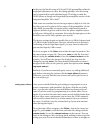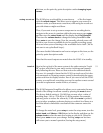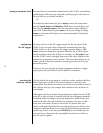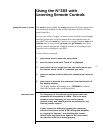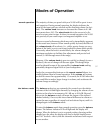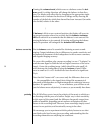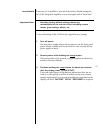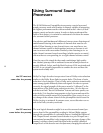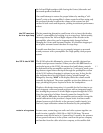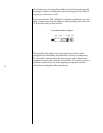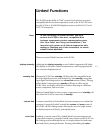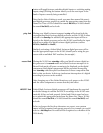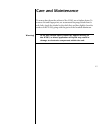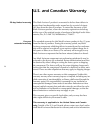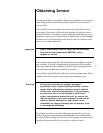
40
Using Surround Sound
Processors
The Nº383 Reference Preamplifier incorporates a special surround
sound processor mode which makes it uniquely capable of integrating
the highest performance audio with surround sound—that is, a dual-
purpose music and movie system. In order to better understand the
value of this design, it is essential to understand a bit about the nature
of a surround sound processor.
One obvious and fundamental difference between stereo listening and
multichannel listening is the number of channels that must be con-
trolled. When listening to two-channel stereo, one must have a two
channel volume control so both speakers increase or decrease in vol-
ume in concert with one another. Similarly, when listening to six- or
eight-channel surround sound recordings (whether movies or music),
one must have a corresponding six- or eight-channel volume control.
Over the years, this simple fact has made combining a high quality
two-channel preamp with an outboard surround sound processor ex-
tremely difficult. In fact, until the Mark Levinson Nº38 was introduced
in 1993, it was virtually impossible to combine the two and have the
system work reliably well.
the SSP must not
come after the preamp
Dolby Pro Logic decoders incorporate a form of Dolby noise reduction
similar to the Dolby B one finds in cassette decks. This form of noise
reduction is level-sensitive. That is, Dolby noise reduction intentionally
treats strong signals differently than weak signals. In order to operate
correctly, the signal strength of the source must be “calibrated” to the
expectations of the Dolby noise reduction circuitry. (It is for this rea-
son that one finds “Record Calibration” features on better-quality cas-
sette decks.) It is therefore inappropriate to feed a surround sound de-
coder with the variable output of a preamplifier. Were you to do so, ev-
ery change of the volume control on the preamplifier would cause the
Dolby circuitry to mistrack. In extreme cases, severe distortion can re-
sult as the Dolby circuitry overloads.
the SSP must not
come before the preamp
The next logical alternative might be to use the surround sound pro-
cessor ahead of the preamplifier, sending its Left and Right outputs
through the preamplifier as a selectable Source. Sending the Right and
Left Outputs from a surround sound decoder to a pair of inputs on a
conventional preamplifier is also inappropriate, since any change of the
preamp’s volume control would then throw the carefully calibrated
output levels of the decoder out of adjustment, changing the volume of



